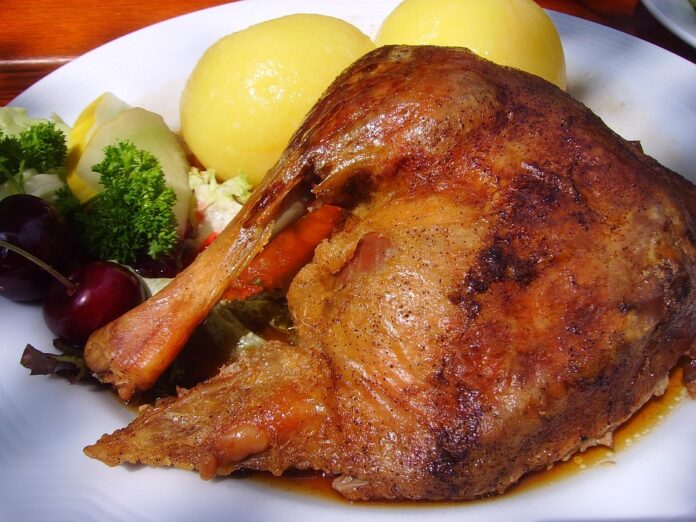Economic Factor 1: Feed Prices
The cost of feed, particularly corn and soybeans, is a significant factor influencing poultry prices globally. Fluctuations in feed prices can directly impact the production costs for poultry farmers, leading to changes in the final prices of poultry products for consumers. For example, a spike in corn prices due to adverse weather conditions can result in higher production costs for poultry farmers, which may then be passed on to consumers in the form of increased prices for chicken and eggs.
Economic Factor 2: Demand and Consumption Patterns
Global demand for poultry products plays a crucial role in determining poultry prices. Changes in consumer preferences, dietary habits, and income levels can all affect the demand for poultry products. For instance, an increase in health-conscious consumers opting for lean protein sources like chicken can drive up demand and prices for poultry products.
Economic Factor 3: Trade Policies and Tariffs
Trade policies and tariffs imposed on poultry imports and exports can have a significant impact on global poultry prices. Restrictions on imports or exports can disrupt the supply chain, leading to price fluctuations in the domestic market. For example, a tariff imposed on poultry imports can decrease competition in the domestic market, resulting in higher prices for consumers.
Economic Factor 4: Production Costs
The cost of production, including labor, utilities, and overhead expenses, can influence poultry prices. Higher production costs can squeeze profit margins for poultry farmers, leading to adjustments in prices to maintain profitability. For example, an increase in labor costs due to minimum wage hikes can result in higher prices for poultry products.
Economic Factor 5: Currency Exchange Rates
Fluctuations in currency exchange rates can impact the competitiveness of poultry exports and imports, thereby affecting global poultry prices. A strong domestic currency can make exports more expensive for foreign buyers, potentially reducing demand and prices for poultry products. Conversely, a weak currency can make exports more attractive, leading to higher prices in the domestic market.
Economic Factor 6: Government Regulations and Subsidies
Government regulations and subsidies can have a substantial impact on global poultry prices. Regulations related to food safety, animal welfare, and environmental sustainability can increase production costs for poultry farmers, influencing prices for consumers. Subsidies provided to the poultry industry by governments can also affect prices by artificially lowering production costs.
Economic Factor 7: Disease Outbreaks
Disease outbreaks in poultry farms can disrupt supply chains, leading to shortages and price spikes in the market. Diseases like avian influenza can result in mass culling of poultry flocks, reducing the supply of poultry products and driving up prices. Consumers may also shift away from poultry products during disease outbreaks, further impacting prices.
Economic Factor 8: Climate Change and Environmental Factors
Climate change and environmental factors can impact global poultry prices through their effects on feed availability, water resources, and production conditions. Droughts, floods, and other extreme weather events can disrupt feed production, leading to higher prices for poultry feed. In response, poultry farmers may adjust prices for poultry products to reflect increased production costs.
Economic Factor 9: Market Competition
Competition among poultry producers and retailers can influence prices in the global poultry market. Increased competition can lead to price wars and lower profit margins for producers, resulting in lower prices for consumers. Conversely, consolidation in the industry can reduce competition and allow producers to set higher prices for poultry products.
Economic Factor 10: Technological Advancements
Technological advancements in poultry farming, such as automation, genetics, and nutrition, can impact production efficiency and costs, thereby influencing poultry prices. Innovations that improve feed conversion rates, disease resistance, and overall productivity can lower production costs and potentially lead to lower prices for poultry products. However, the initial investment in new technologies may also increase costs in the short term.
Overall, these economic factors interact to shape global poultry prices, impacting both producers and consumers in the market. Understanding the dynamics of these factors is essential for stakeholders in the poultry industry to make informed decisions and navigate the complexities of the global market.
[Read More: Global Poultry Industry Report 2025: Trends, Challenges, and Future Outlook Across the Value Chain]




